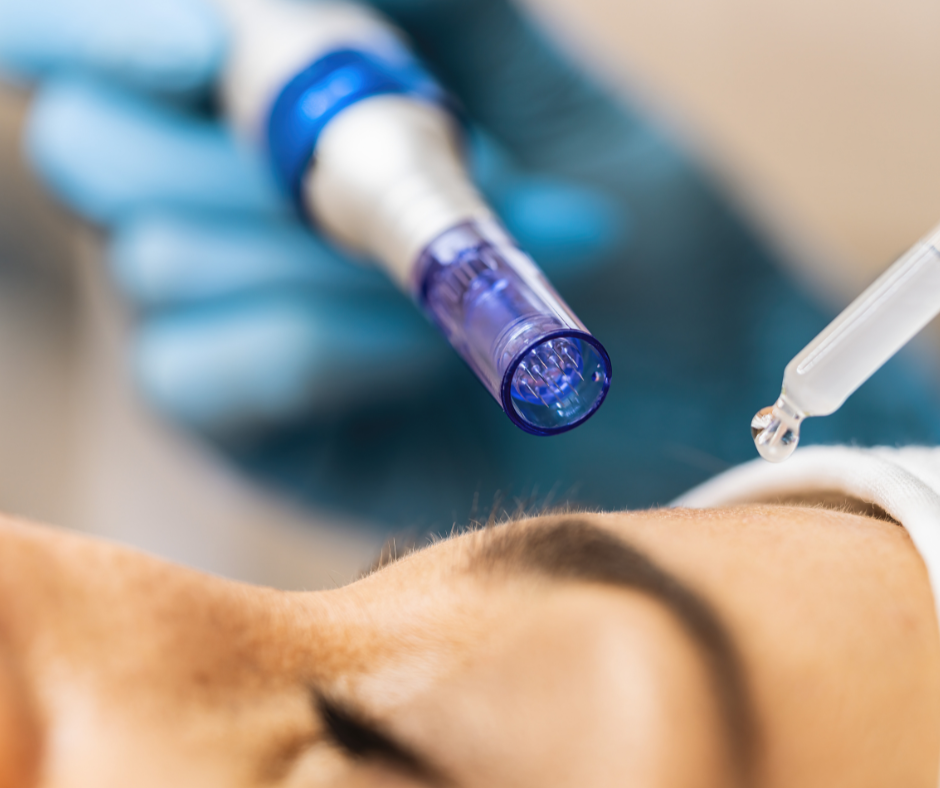
Aesthetian vs Esthetician: What’s the Difference?
The fields of traditional esthetics and medical aesthetics, while both centered on skincare and beauty, differ significantly in their training programs, scope of practice, and career opportunities. Understanding these distinctions is crucial for aspiring professionals aiming to align their education with their career aspirations.
Traditional Esthetics Programs in Arizona: Curriculum and Career Paths
In Arizona, aspiring estheticians are required to complete a 600-hour training program from a licensed school of esthetics or cosmetology to qualify for licensure. The curriculum in these programs typically includes:
- Skin Care Techniques: Training in facials, exfoliation, and moisturizing treatments to maintain and improve skin health.
- Hair Removal: Instruction on methods such as waxing and threading to remove unwanted hair.
- Makeup Application: Techniques for applying makeup suitable for various occasions and skin types.
- Anatomy and Physiology: Basic understanding of skin structure and function to inform treatment choices.
- Infection Control: Protocols to maintain a hygienic environment and prevent the spread of infections.
Upon obtaining licensure, estheticians in Arizona can pursue careers in:
- Day Spas and Salons: Providing services like facials, body treatments, and makeup application.
- Resorts and Cruise Ships: Offering skincare services to travelers seeking relaxation and rejuvenation.
- Retail Cosmetics: Working as beauty advisors or makeup artists in retail settings.
- Freelance Opportunities: Starting their own businesses or offering mobile services to a diverse clientele.
Medical Aesthetics Programs: Advanced Training and Clinical Opportunities
Medical aesthetics programs, such as those offered by Med-Surg Aesthetics and Laser Academy, provide more advanced and medically oriented training compared to traditional esthetics programs. These programs are designed for individuals aiming to work in clinical settings, including medical spas and dermatology clinics, where they can perform a broader range of procedures.
The curriculum in medical aesthetics programs often encompasses:
- Advanced Skin Treatments: Procedures like chemical peels and microdermabrasion that require a deeper understanding of skin biology.
- Microneedling: Techniques to stimulate collagen production for skin rejuvenation.
- Phlebotomy: Skills in drawing blood, essential for procedures like platelet-rich plasma (PRP) therapy.
- Management of Skin Disorders: Training to assist in treating conditions such as acne, rosacea and melasma under medical supervision.
Graduates of medical aesthetics programs are equipped to work in:
Medical Spas: Facilities that offer aesthetic treatments under the supervision of medical professionals.
Dermatology and Plastic Surgery Clinics: Assisting physicians in providing cosmetic procedures and pre- and post-operative care.
Laser Centers: Specializing in laser treatments for various skin concerns.
Aesthetic Training Institutions: Serving as educators or trainers for upcoming professionals in the field.
Choosing the Right Path
When deciding between traditional esthetics and medical aesthetics, consider the following factors:
- Career Goals: If you’re interested in providing relaxing spa services and basic skincare, a traditional esthetics program may suffice. However, if you’re aiming to perform advanced procedures in a clinical setting or medical spa, a medical aesthetics program would be more appropriate.
- Scope of Practice: Medical aesthetics involves performing more invasive procedures that require additional training and, in some cases, medical supervision.
- Educational Investment: Medical aesthetics programs may require more extensive training and certification, reflecting the advanced nature of the procedures taught.
Both traditional esthetics and medical aesthetics offer rewarding career paths within the beauty and wellness industry. Aligning your education with your desired scope of practice and work environment is essential to achieving a fulfilling career.
